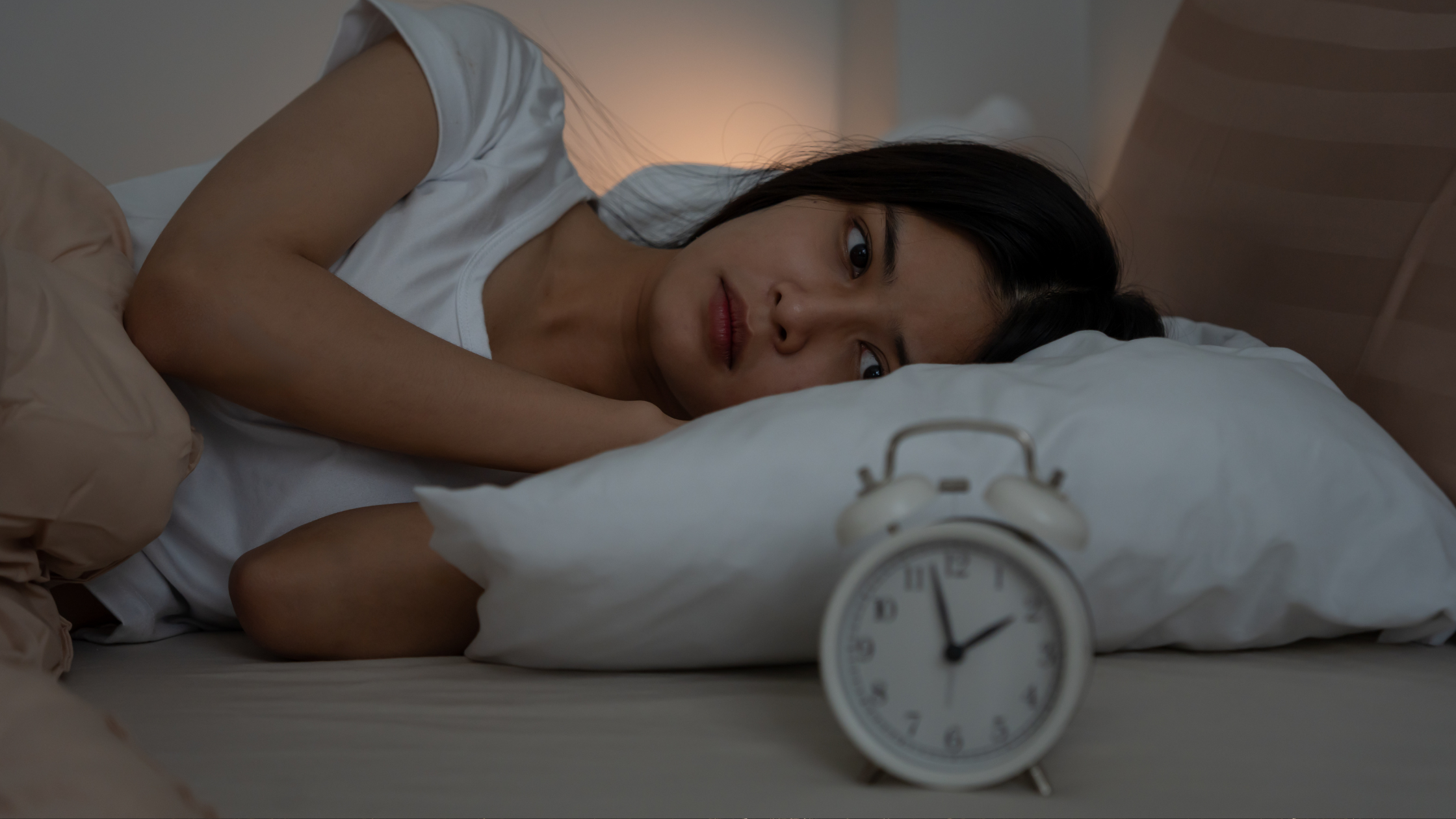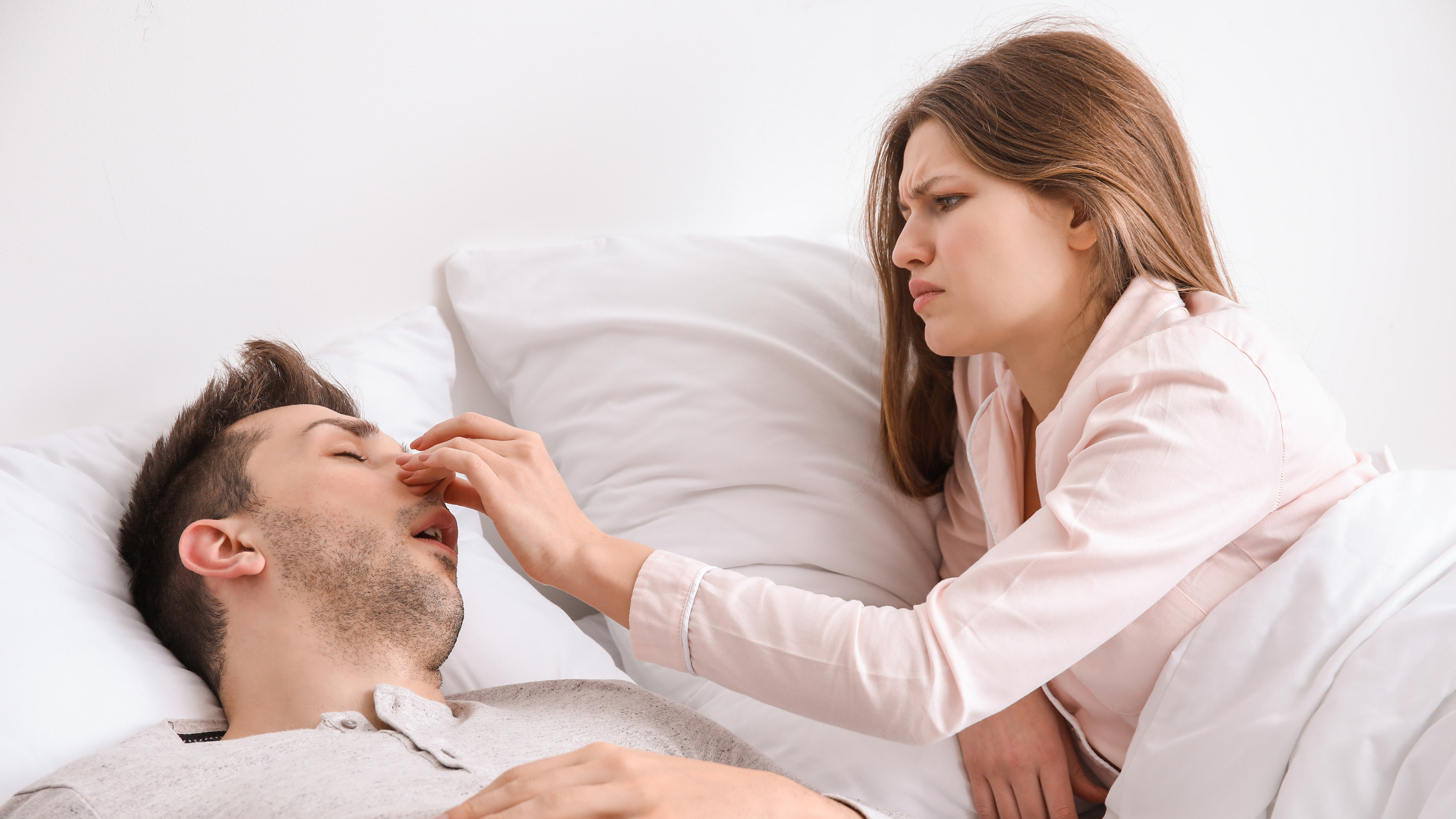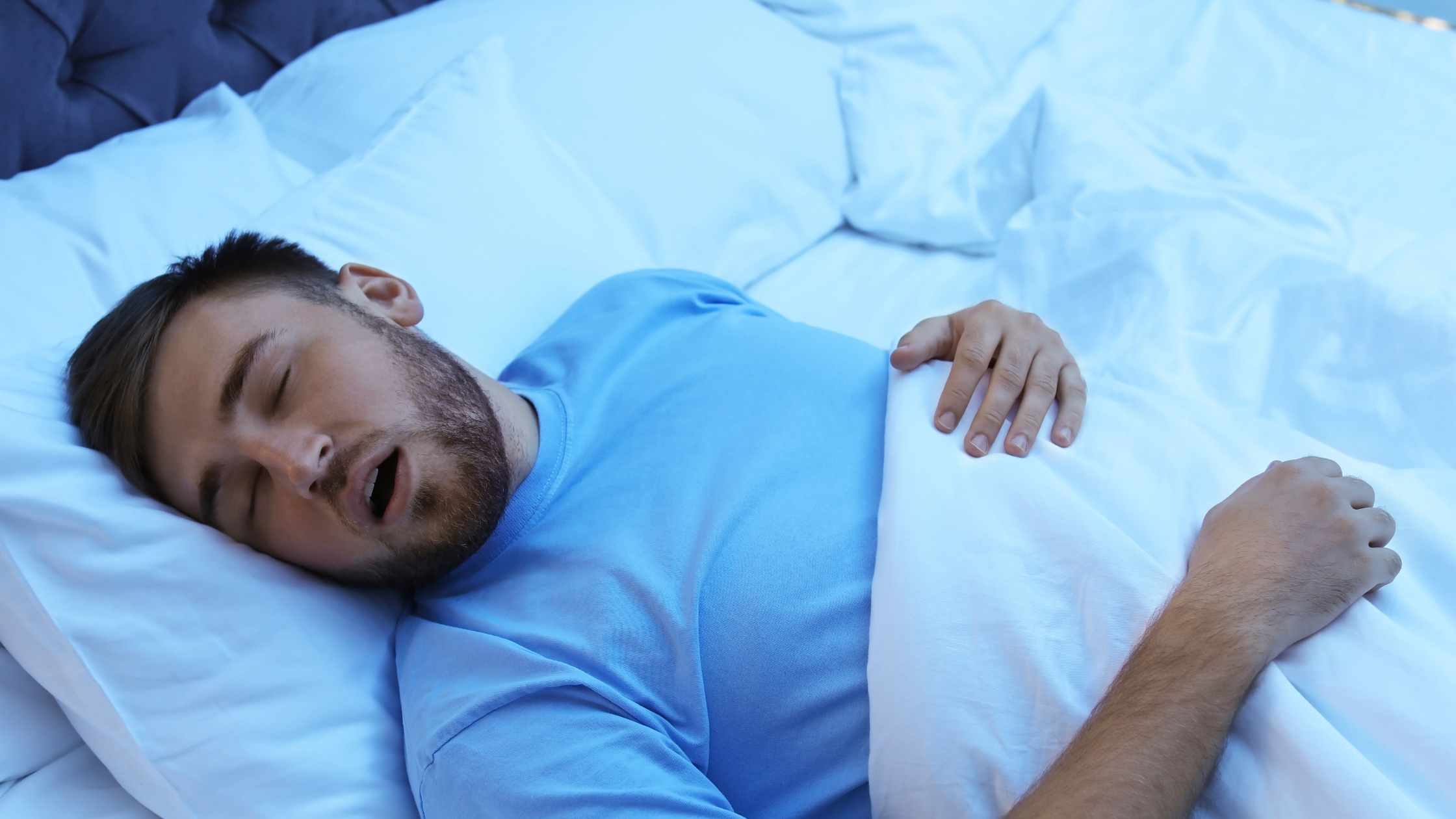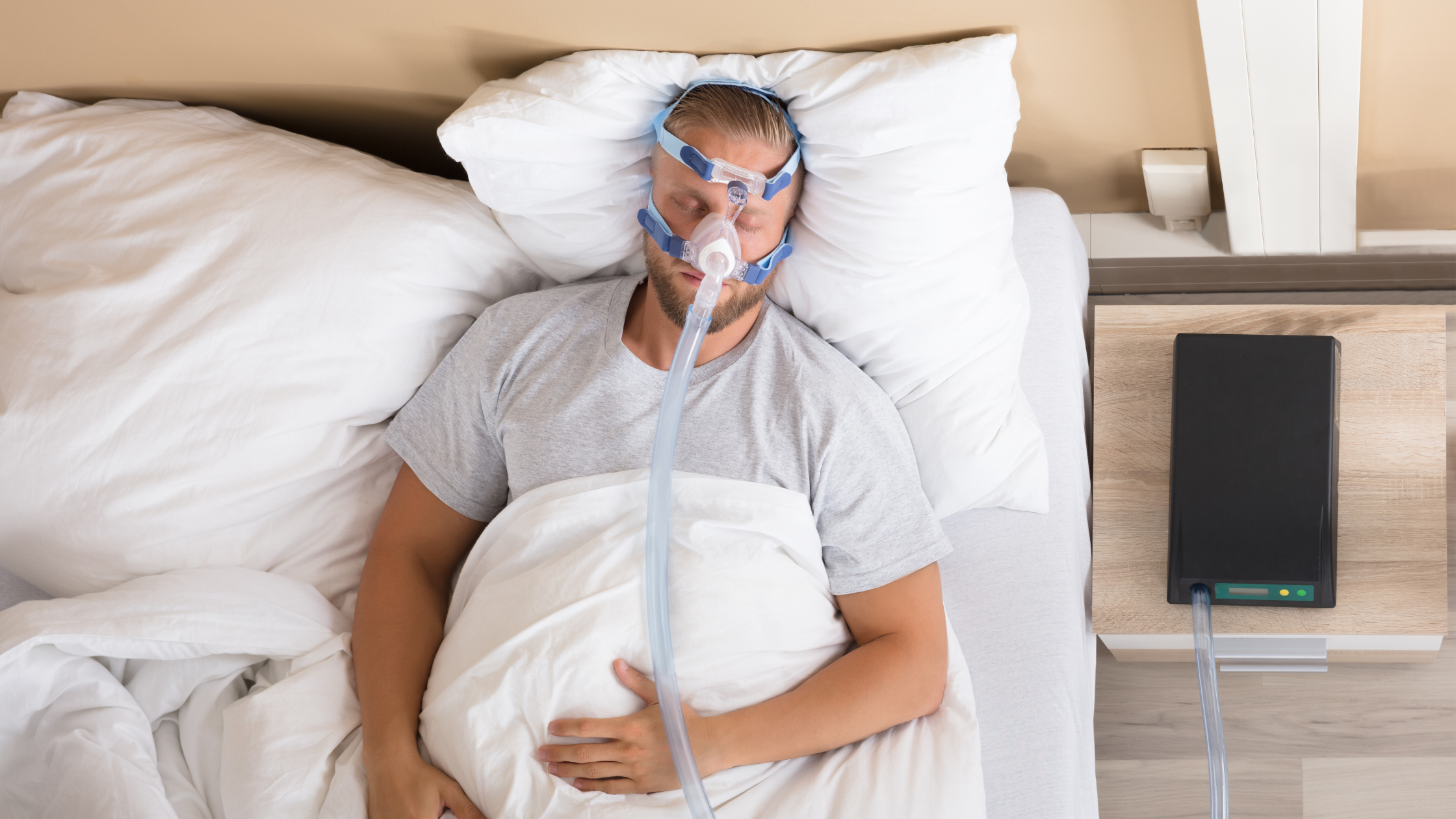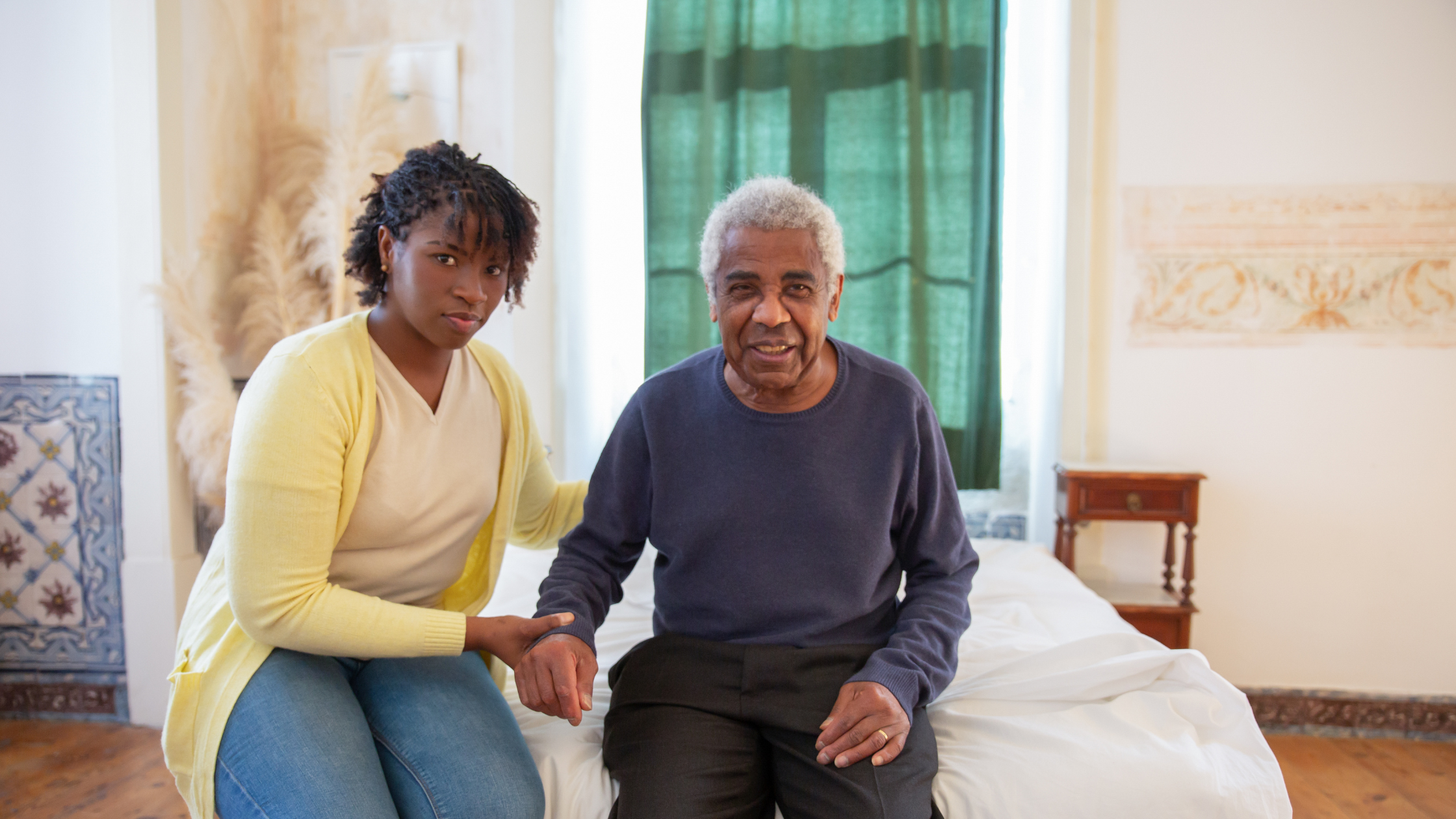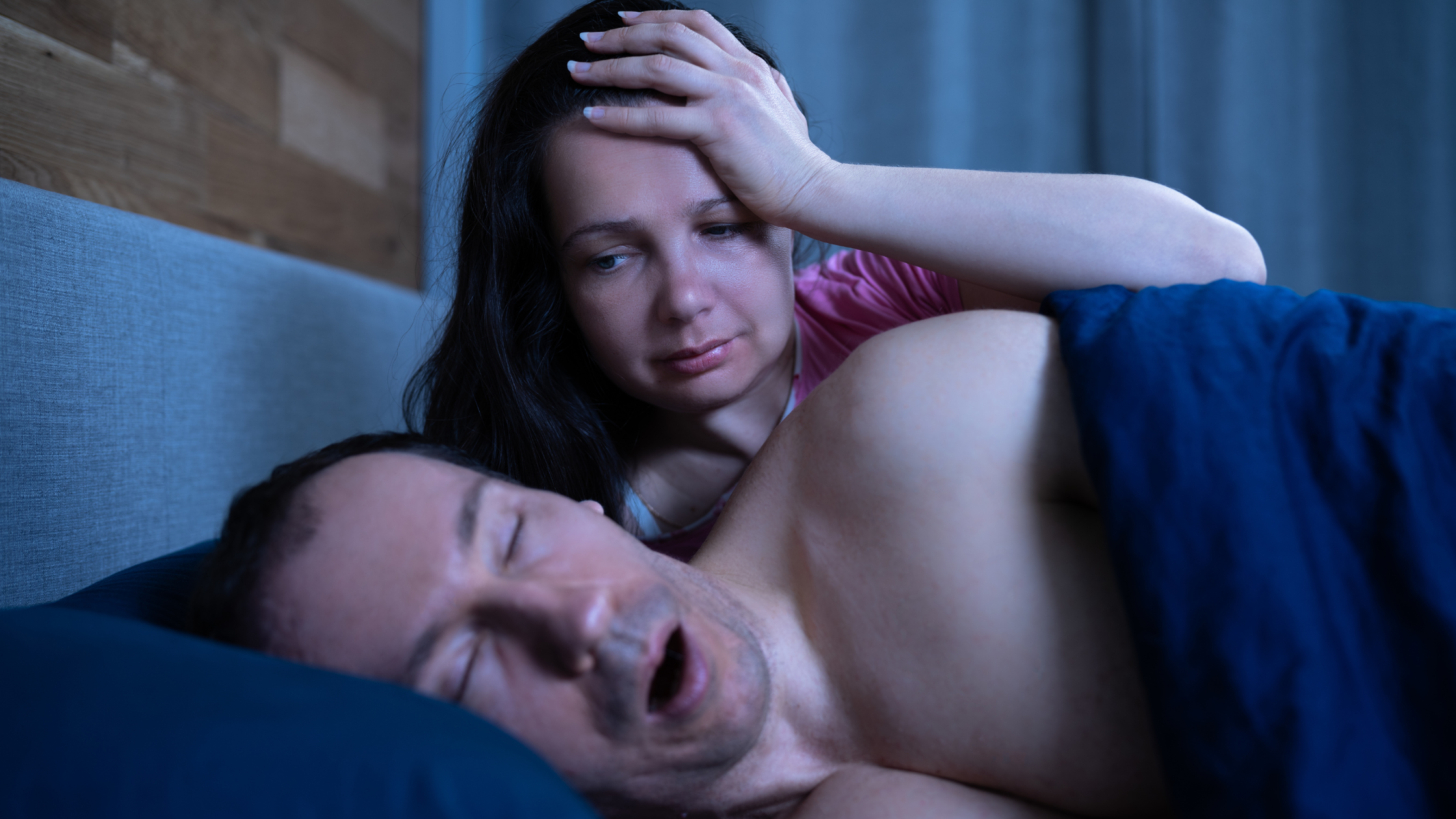Your dreams often reflect the health of your sleep. Sleep disorders can profoundly alter both how you dream and how often you recall dreams.
Sleep is essential for overall health, but did you know that the structure of your face plays a crucial role in the quality of your rest? Your facial anatomy, including the shape of your jaw, nasal passages, and airway, can affect breathing patterns, susceptibility to sleep disorders, and overall sleep efficiency. Understanding these factors can help you optimize your sleep and address potential issues.

